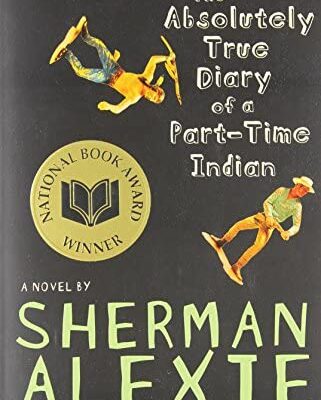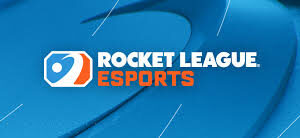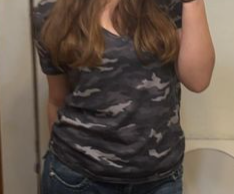Alexie’s controversial ‘Diary’ worth exploring

“I realized that, sure, I was a Spokane Indian. I belonged to that tribe. But I also belonged to the tribe of American immigrants. And to the tribe of basketball players. And to the tribe of bookworms. And the tribe of cartoonists. And the tribe of chronic masturbators. And the tribe of teenage boys. And the tribe of small-town kids. And the tribe of Pacific Northwesterners. And the tribe of tortilla chips-and-salsa lovers. And the tribe of poverty. And the tribe of funeral-goers. And the tribe of beloved sons. And the tribe of boys who really missed their best friends. It was a huge realization. And that’s when I knew that I was going to be okay.”
The Absolutely True Diary of a Part-time Indian is a realistic YA novel in diary format by Sherman Alexie and inspired by his youth. It follows an Indigenous American 14-year-old boy’s struggles after he transfers to a mostly White high school off the reservation in order to get more opportunities.
I read it as a part of the BEST (Books Exploring Sensitive Topics) book club. As fellow club member Maddie Loria put it, “It’s like an edgy Native American Diary of a Wimpy Kid”. The main character wants to be a cartoonist, and it shows his cartoons throughout the book to elevate certain points to make them funnier and to make others sadder. There are also cartoons of the characters that can help you visualize them, and it gives them more personality by pointing out details of their outfits. Along with the illustrations is the writing style that blends comedy and tragedy in a way that highlights the bittersweetness of life as an Indigenous American and embodies a young teenage mind in a way any teenager would relate to. The book gives non-indigenous readers a look into the struggles of America’s often forgotten minority, and for Indigenous readers, it gives them a character that they can see themselves in when representation for them is scarce and often offensive.
The book is not free of flaws and controversy, however. On the book’s flaws, it contains slurs that the author can’t reclaim, notably homophobic slurs. On one side of the argument, the people using the slurs are portrayed negatively, it’s realistic to have those slurs thrown around, especially in high school, and the book overall has messages about accepting diversity of people of different races and sexualities. Still, on the other hand, they are words with ugly histories that the author isn’t a part of, and the book didn’t necessarily need those slurs to be realistic, and the usage of slurs can trigger people with trauma associated with those words.
Another issue in the book is the female characters. They don’t speak for themselves. The main character’s grandma and sister do have a major impact on the story, but they are mainly talked about and don’t have a lot of agency. The other female characters are the protagonist’s mother who is well-written but minor and the protagonist’s White girlfriend who is written shallowly. Of course, teenage relationships can be pretty shallow, but the people within them are still complicated, and it could’ve been used to further explore the differences between White and Indigenous cultures, boys and girls and rich and poor, and how no matter how different people are, they can still love and respect each other. The book also contains violence, talking of sexual content, death, suicide, talks about alcohol and swearing. All of these, I believe, are important to talk about, but they can be triggering to some. Some kids may have restrictions around consuming media with those topics, and I would not recommend it for people under 13. So reader discretion is advised.
And then there is the author, Sherman Alexie was accused of multiple cases of sexual harassment by multiple women and later confessed to it. I had heard something about it before I read the book, which made me wary about reading it, but I’m glad I did read it. There is an important discussion to be had about if you can separate art from the artist. When it comes to this book, I feel that if you find a way to read it that more so supports a local library or bookstore than the author, and you really learn more about acceptance and gain greater empathy for Indigenous Americans, then I feel that it is a valuable read. This type of story doesn’t get published often. Of course, after reading it, you should read more by Indigenous authors because one Indigenous perspective isn’t going to give you the full understanding of their struggles and how to be an ally, but this book was and is a stepping stone for many kids to start being an ally. I’m glad that the book club took a risk with the book so we could learn more about diversity and talk about cancel culture together.









You must be logged in to post a comment Login